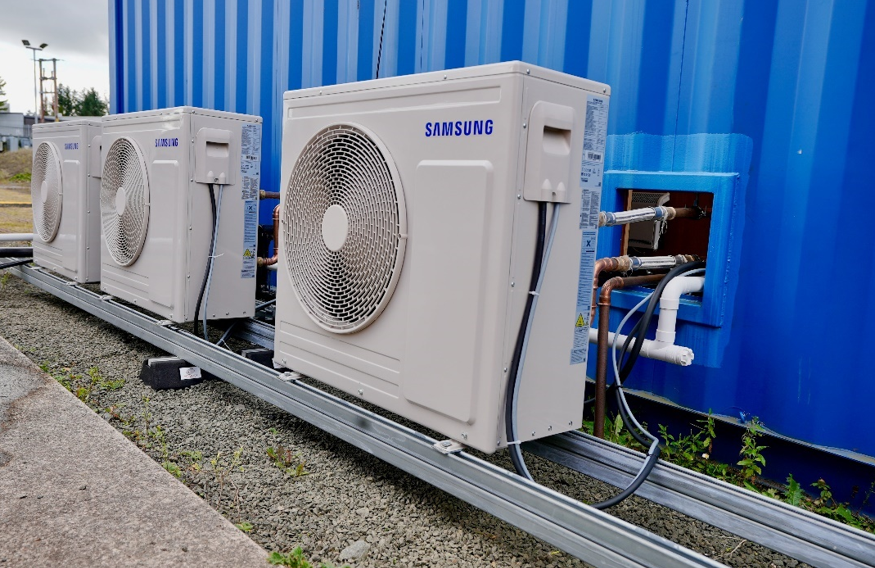An analysis of 2030 national renewable targets show that doubling of renewables is already planned by governments, but tripling is within sight.
For the first time, a global deal on renewables is on the table at the COP 28 climate conference this year, as the presidency proposes a global goal to triple renewables capacity this decade.
To achieve a tripling of renewables by 2030, the world needs to increase renewables deployment by 17 per cent every year, so that it rises from 500GW in 2023 to about 1.5TW in 2030. The world already achieved this annual growth rate over the period between 2016 and 2023.
The International Renewable Energy Agency (IRENA), the International Energy Agency (IEA) and the COP presidency are all aligned that tripling renewables capacity to 11TW by 2030 is required for a 1.5C pathway. Indeed, the IEA states that a tripling of renewables is the single biggest action the world can take by 2030 to keep 1.5C within reach.
A report by Ember analyses renewables capacity and generation share targets for 57 countries and the EU as a bloc. These countries collectively represent 93 per cent of the world’s renewable capacity, 90 per cent of global power sector emissions and 90 per cent of global electricity demand.
Already ten countries have targets that are at or exceed a tripling of their 2022 capacity, including India and Saudi Arabia. There are also 12 countries that have wind and solar generation share targets that exceed the 40 per cent global average to meet net-zero, including the US, and 22 countries already have more prospective utility-scale solar and wind projects than is needed to meet their total renewable target, including the UK.
© 2019 Perspective Publishing Privacy & Cookies







Recent Stories